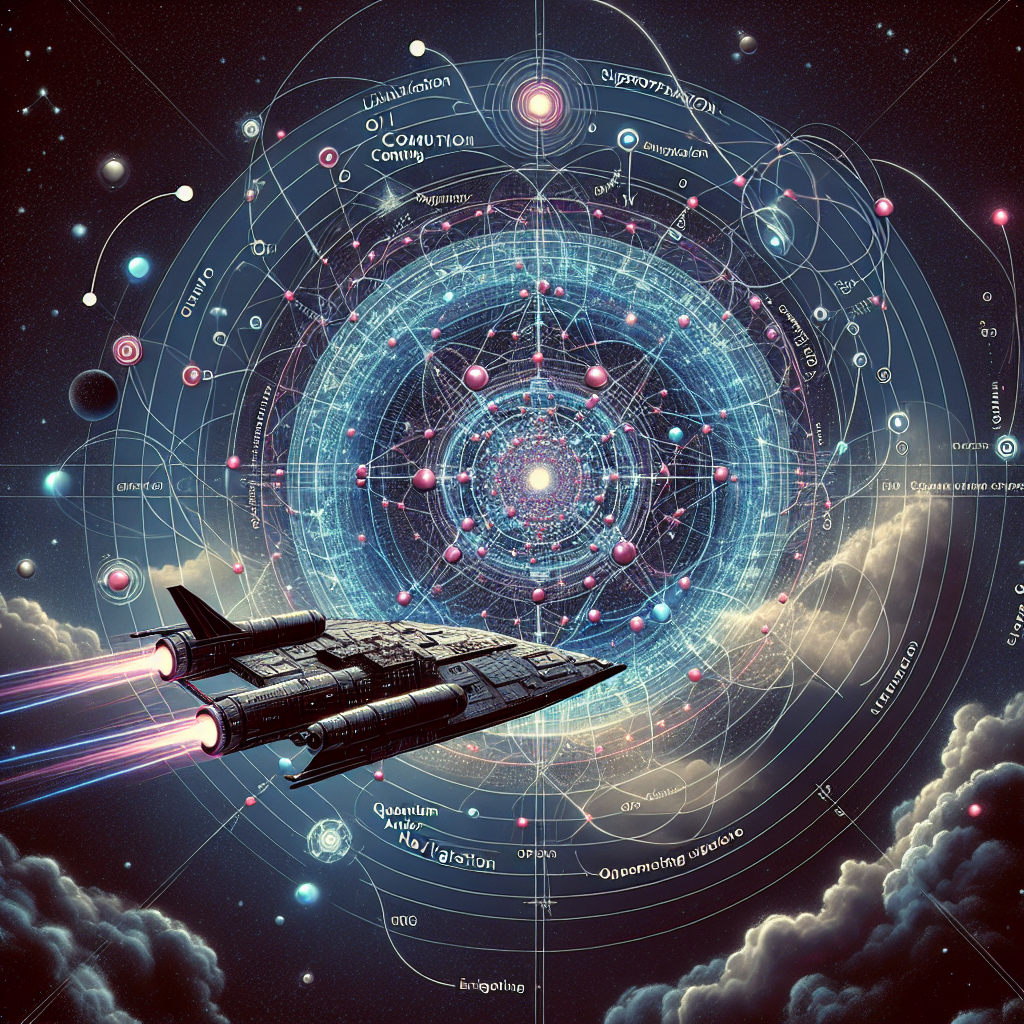The vastness of space presents an immense challenge for interstellar navigation. Traditional methods, while effective within our solar system, fall short when considering the distances and uncertainties involved in reaching other star systems. Quantum computing, however, offers a potential paradigm shift, promising unprecedented accuracy and efficiency in mapping the cosmos and navigating the unknown.

strong>, however, offers a potential paradigm shift, promising unprecedented accuracy and efficiency in mapping the cosmos and navigating the unknown.
The Limitations of Classical Navigation
Current spacecraft navigation relies heavily on radio signals and celestial mechanics. However, these methods have limitations. Radio signals, for instance, suffer from significant time delays over interstellar distances, hindering real-time navigation. Furthermore, the gravitational influence of multiple celestial bodies introduces complexities that are difficult to model accurately using classical computation.
The Promise of Quantum Algorithms
Quantum computers, leveraging the principles of quantum mechanics, offer several advantages. For example, quantum algorithms can significantly speed up calculations, potentially providing solutions to problems intractable for classical computers. This is particularly relevant for simulating complex gravitational fields and predicting the trajectories of spacecraft with greater precision.
Quantum Simulation of Gravitational Fields
Accurately modeling the gravitational interactions within a galaxy, or even a star system, is computationally expensive. Consequently, current models are often simplified, leading to inaccuracies in navigation. Quantum computers, however, could simulate these fields with significantly higher fidelity, enabling more precise trajectory planning. This would be especially crucial for missions to distant star systems, where even small errors in calculations could have significant consequences.
Quantum Search Algorithms
In addition to simulation, quantum search algorithms like Grover’s algorithm could revolutionize the search for optimal navigation routes. These algorithms can significantly reduce the search time compared to classical approaches, leading to the discovery of faster and more fuel-efficient trajectories.
Challenges and Future Prospects
Despite the immense potential, there are challenges. Building and maintaining powerful, fault-tolerant quantum computers remains a significant hurdle. Nevertheless, advancements in quantum technologies are rapidly progressing. Therefore, the integration of quantum computing into interstellar navigation systems is a realistic long-term goal.
Ultimately, the application of quantum computing to starship navigation represents a leap forward in our ability to explore the universe. It promises to overcome the limitations of classical methods, enabling humanity to reach new frontiers with increased accuracy and efficiency. 🚀

#QuantumComputing #StarshipNavigation #InterstellarTravel #SpaceExploration #QuantumAlgorithms #QuantumSimulation #GroversAlgorithm #SpaceTechnology #FutureofSpaceTravel #DeepSpaceExploration #Astrogation #QuantumPhysics #SpaceNavigation #QuantumMechanics #ComputationalPhysics #ArtificialIntelligence #MachineLearning #BigData #DataScience #Cosmology #Astronomy #Spacecraft #RocketScience #Innovation #Technology #Science #Engineering #STEM #FutureTechnology
“`
